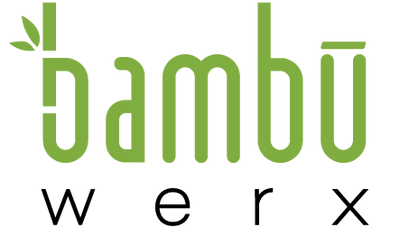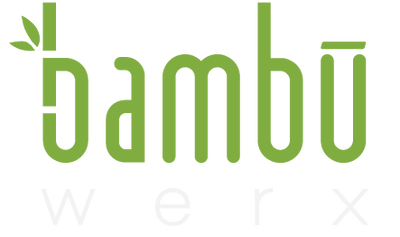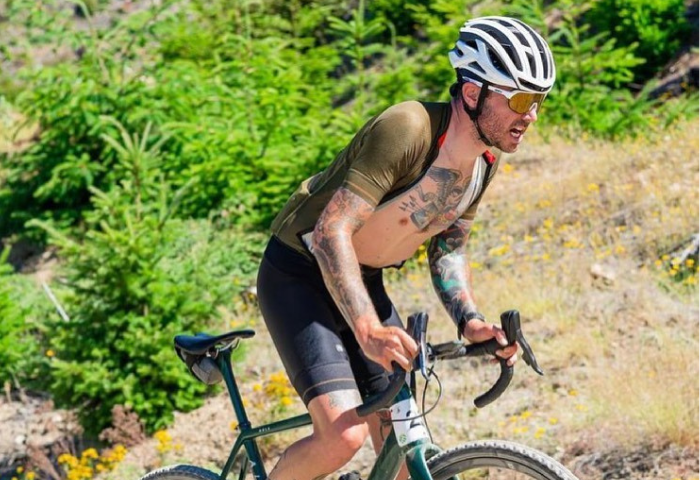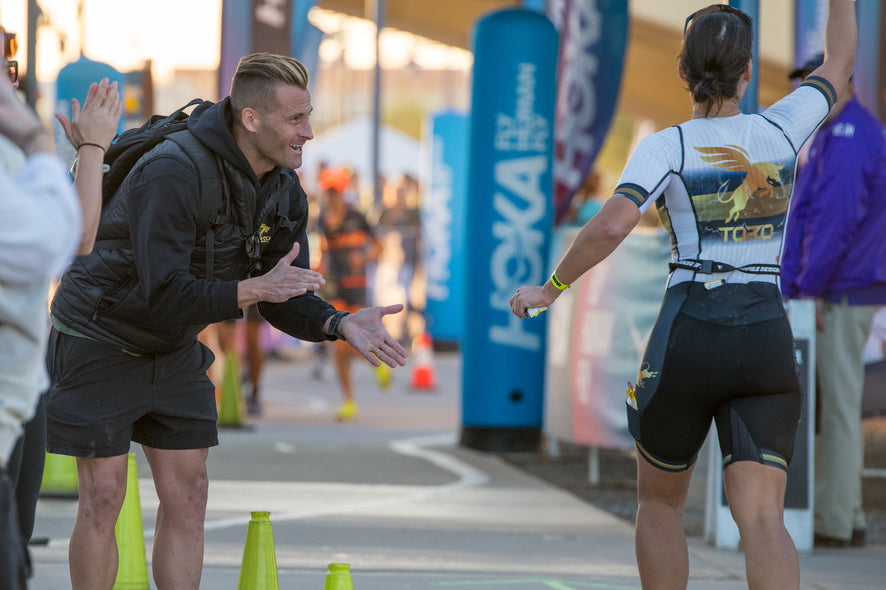The Art of the Offseason
Today's #TheWerk post is brought to you by Coach Jason Lentzke (@jlentzke). A former pro triathlete from Milwaukee, WI, Jason now lives in Scottsdale, AZ where he now runs Toro Performance, a thriving endurance sports coaching practice. Understanding that athletes' time is their most precious commodity, Jason centers his coaching practice on helping clients integrate training into their already busy lives.
-----------------------------------------
A proper offseason sets the stage for your best season of racing. It’s the bridge between what you’ve accomplished and what’s to come — a time to recharge physically, reset mentally, and rebuild with purpose.
For many athletes, the hardest part of the offseason isn’t taking time off — it’s allowing themselves to take time off. We get so conditioned to measure progress in numbers — kilojoules, QOMS/KOMS, CTL, power output, TSS, pace — that we forget rest is part of the process. So, take a breath. Let your body and mind exhale. You will not lose the fitness you’ve built. With the right approach, you’ll come back stronger and more adaptable than before.
How Long Should the Offseason Last?
Generally, your offseason should last two to three weeks before transitioning into base training. The length depends on your previous season’s load, race volume, and overall fatigue.
I recommend taking roughly two weeks away from structured training. This doesn’t mean sitting on the couch for 14 days — it means moving without the metrics. Leave the Garmin at home. Hike, surf, strength train, or try something new. Enjoy movement for its own sake. After that period, reintroduce routine with light structure and a renewed focus on foundational strength work.

Transitioning from Offseason to Post-Season
During your 2–4 weeks of offseason, you’ve given your body and mind the recovery they needed. Now, as you transition into post-season, the focus shifts — not toward chasing fitness, but toward improving readiness.
The goal in this phase is to improve tissue integrity and prepare your body to absorb the work ahead. This is the time to establish positive habits:
- Modify your nutrition to match lower training volume.
- Refine swim stroke, run form, and bike position.
- Incorporate mobility, stability, and strength work to build a resilient musculoskeletal system.
Think of this phase as training movements, not muscles.
Traditionally, this period has been called base training, but that term is outdated. What we’re really doing is maintaining specificity — working smart, not just long. Avoid “junk miles” and focus instead on sustainable, high-quality training that develops the foundation upon which true fitness is built.
When your training load ramps up again, your body will be better equipped to handle the stress, adapt efficiently, and avoid injury.
And most importantly — keep this time of year fun. Don’t drain your battery of willpower before the season even starts. Stay motivated, stay consistent, and stay curious.

Active Lifestyles and Recovery Balance
Athletes with physically demanding jobs — such as mail carriers, construction workers, or fitness professionals — need to be even more mindful of true recovery. Even if you’re constantly moving throughout the day, it’s still essential to step away from structured sessions for 10–14 days.
Once you’re ready to reintroduce swim-bike-run, start with shorter, frequent sessions. Schedule your more challenging workouts before your workday when possible, then ease into doubles as your durability improves. Remember, your job stress counts as training load too — and your recovery must reflect that.
Strength Training as the Foundation
The offseason and post-season are ideal times to emphasize strength and stability. Once you’ve taken your rest period, begin a strength program focused on large, functional movements: squats, lunges, chest press, pull-ups, deadlifts, and bodyweight work. Prioritize form before load.
Because swim, bike, and run sessions tend to be shorter in this phase, you’ll have time to build a consistent strength routine for roughly 6–8 weeks of base training. If time is tight, integrate sport-specific strength: paddle and band work in the pool, low-cadence riding, and hill running. Strength training isn’t just for the offseason — it’s a year-round performance tool.

Fueling and Nutrition in the Offseason
Nutrition in the offseason should reflect both recovery and sustainability. You don’t need to fuel every 45-minute spin like it’s race week in Kona. For sessions under an hour, water is fine. For longer sessions (2+ hours), experiment with real food — bananas, nuts, dates, or dried fruit — and give your gut a break from constant gels and bars.
As training volume decreases, caloric demand naturally drops. Pre- and post-session fueling remain important, but portion sizes should align with current load. The goal is nourishment, not indulgence.
And when it comes to the holidays, moderation is your best strategy. Enjoy the meals, celebrate with family, and choose foods that truly matter to you. A single dessert won’t derail your season, but guilt and restriction can.
Sustainable Nutrition, Not Supplements
Supplements should fill gaps — not replace real food. If you eat a balanced diet of high-quality, culturally typical foods, you’re likely covering your bases. Most performance gains come not from powders or pills, but from consistent fueling and nutrient timing.
Carbohydrates remain the cornerstone of endurance nutrition. They’re your body’s preferred energy source. Focus on quality carbs from whole foods, not sugary cereals or processed snacks.

Refining Run Performance
Many athletes believe that signing up for a marathon will make them better runners. In reality, for most triathletes, it does the opposite — leading to excess fatigue and compromised swim and bike performance.
Instead, focus on quality over quantity: shorter, higher-intensity sessions that develop threshold and durability. Trail running is another great tool for improving strength, mobility, and proprioception. If you want a goal race, target a half marathon in February or March — a distance that sharpens your run fitness without derailing your multisport balance.
The Bigger Picture
The offseason and post-season aren’t about doing more — they’re about doing what matters most. This is the phase where you rebuild your aerobic base, strengthen your mechanics, and reestablish balance in your life. The most successful athletes aren’t those who train hardest in November; they’re the ones who arrive in March fresh, strong, and ready to absorb load.
Take the long view. Enjoy the pause. Then build — intentionally, patiently, and purposefully.
The work you don’t do right now is just as important as the work you will.
-----------------------------------------

As a coach, Jason works with triathletes, cyclists, runners, and endurance athletes of all skill levels. Jason has guided beginners to their first IRONMAN finish line, professional triathletes to the podium, cyclists (criterium, road, MTB and gravel), marathoners, ultra runners and every skill level in between. As a life-long student of endurance sport, Jason shares a passion and commitment to excellence... be that with his athletes or in his life as a husband (Coralie) and father (Juliette and Olivier). For more information on Toro Performance, please contact Jason at jlentzke@me.com or give him a follow on Instagram at @jlentzke.







Leave a comment